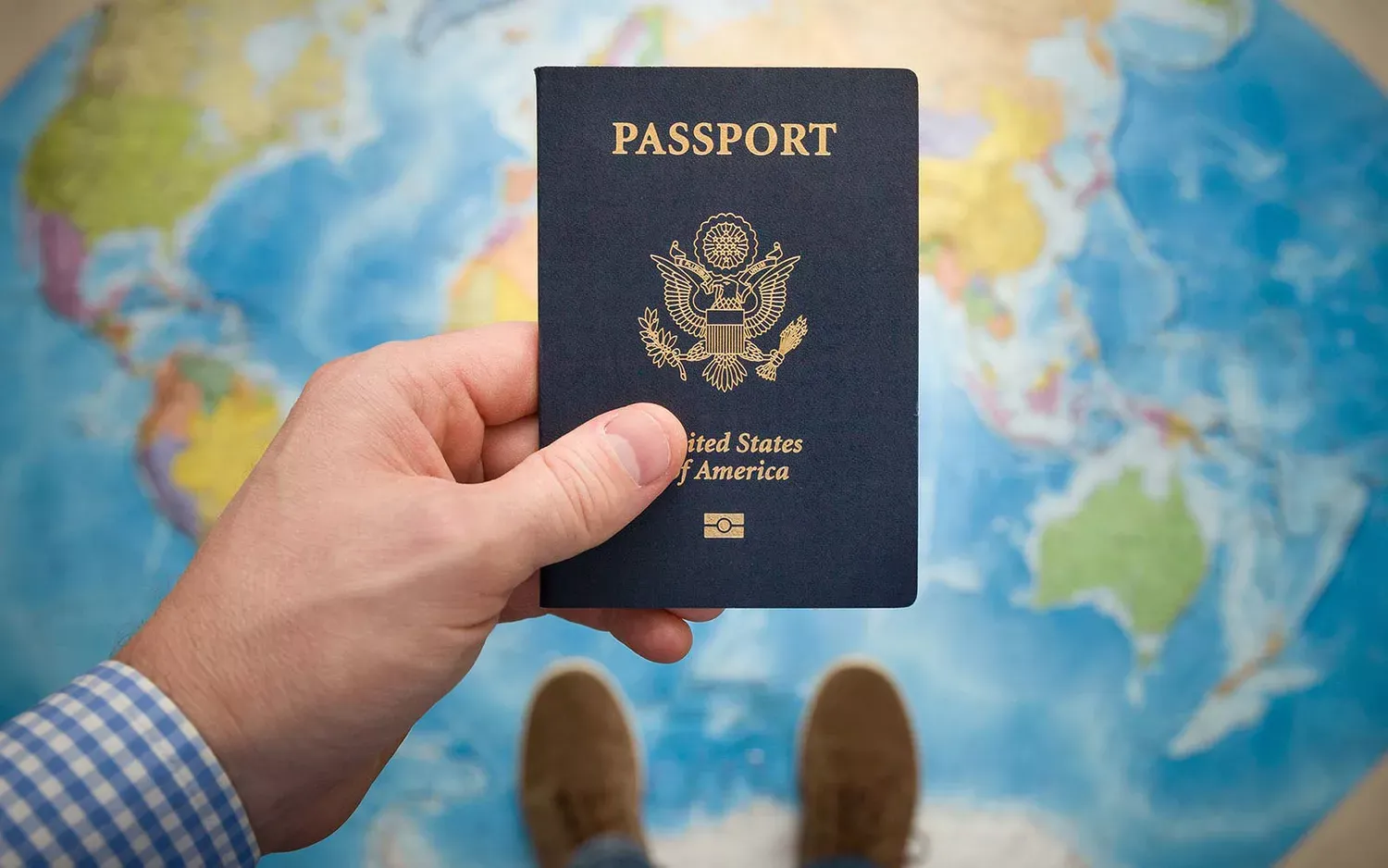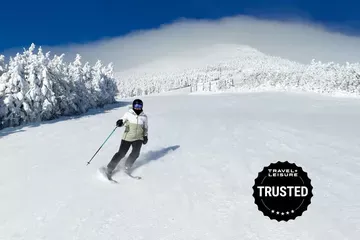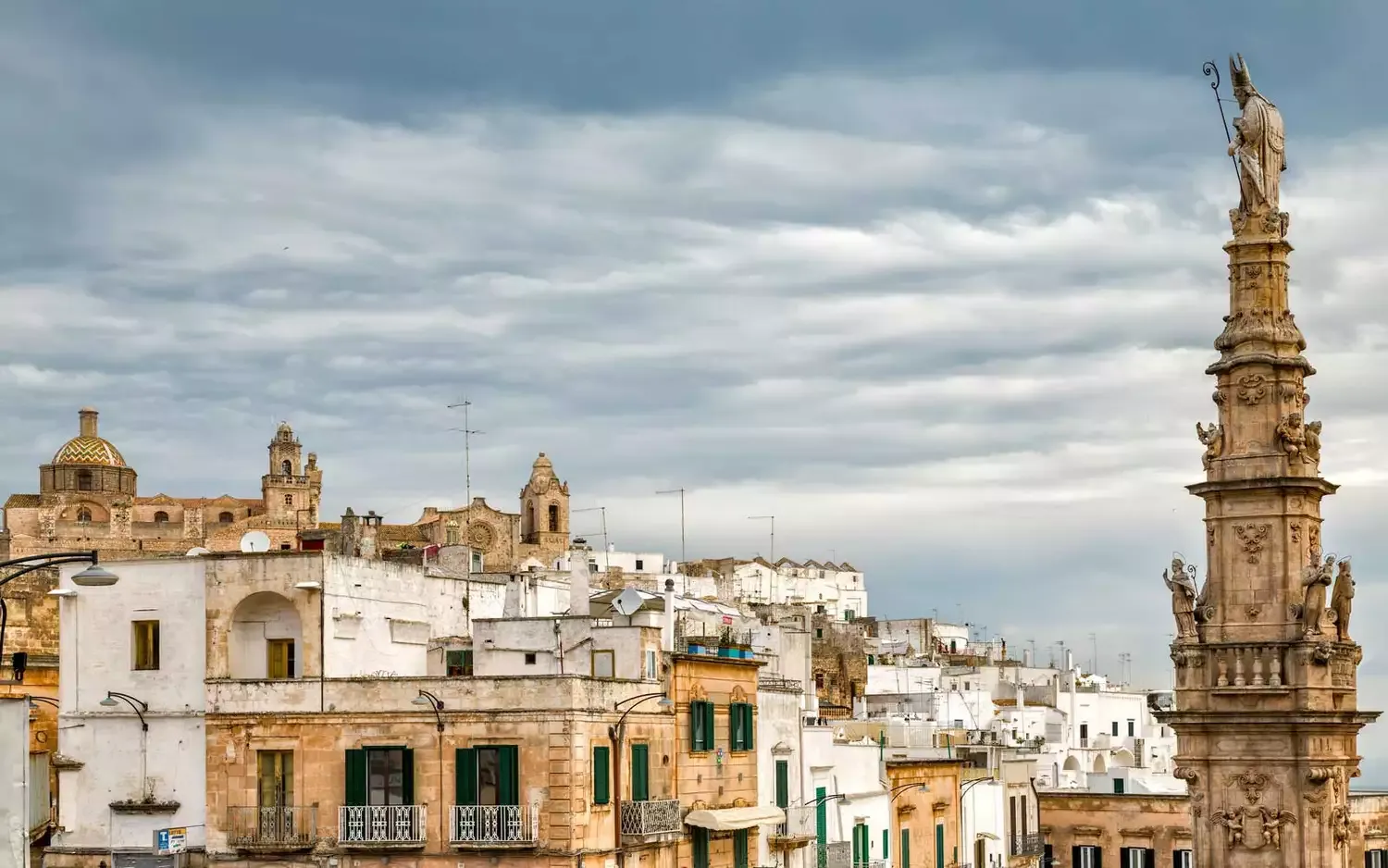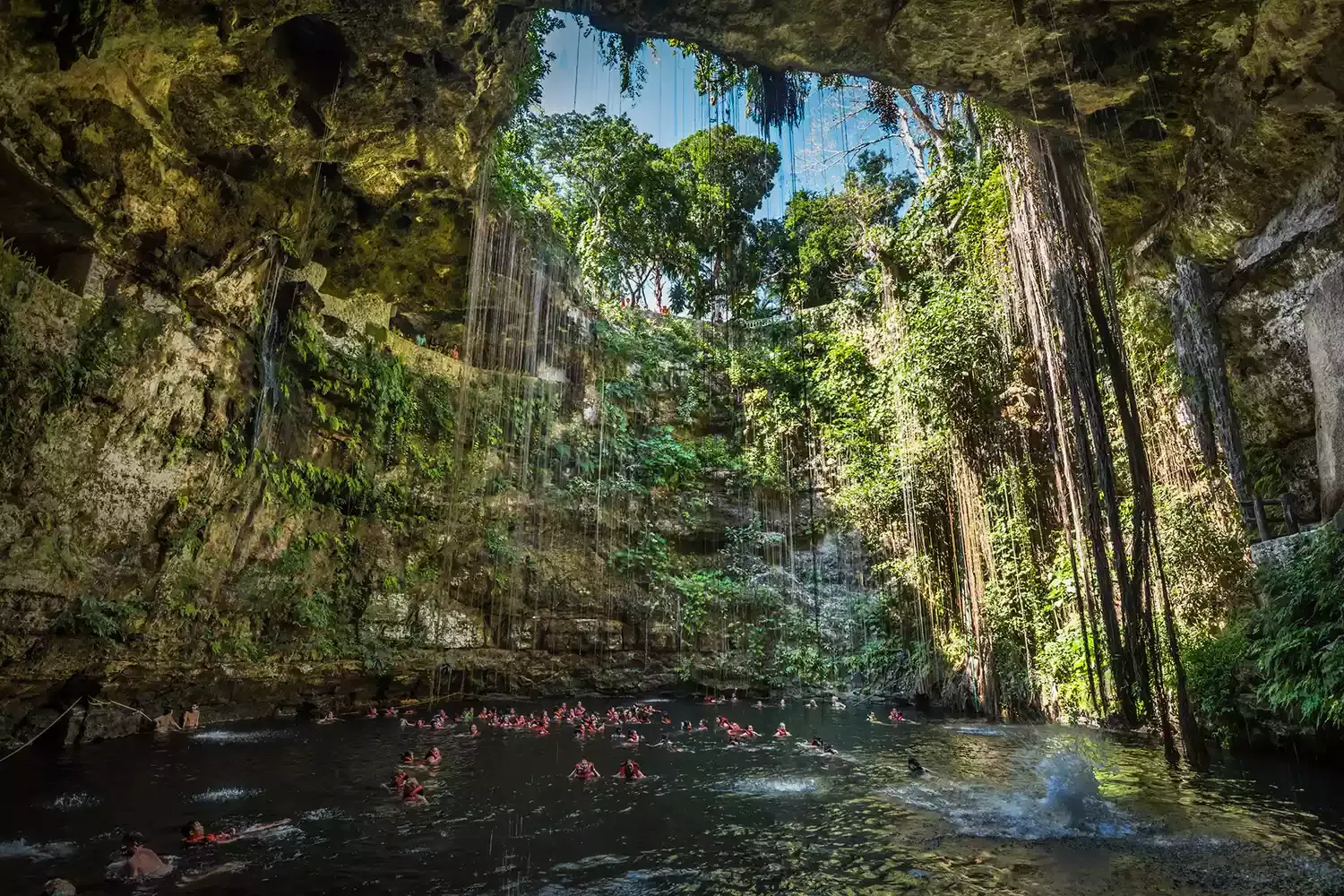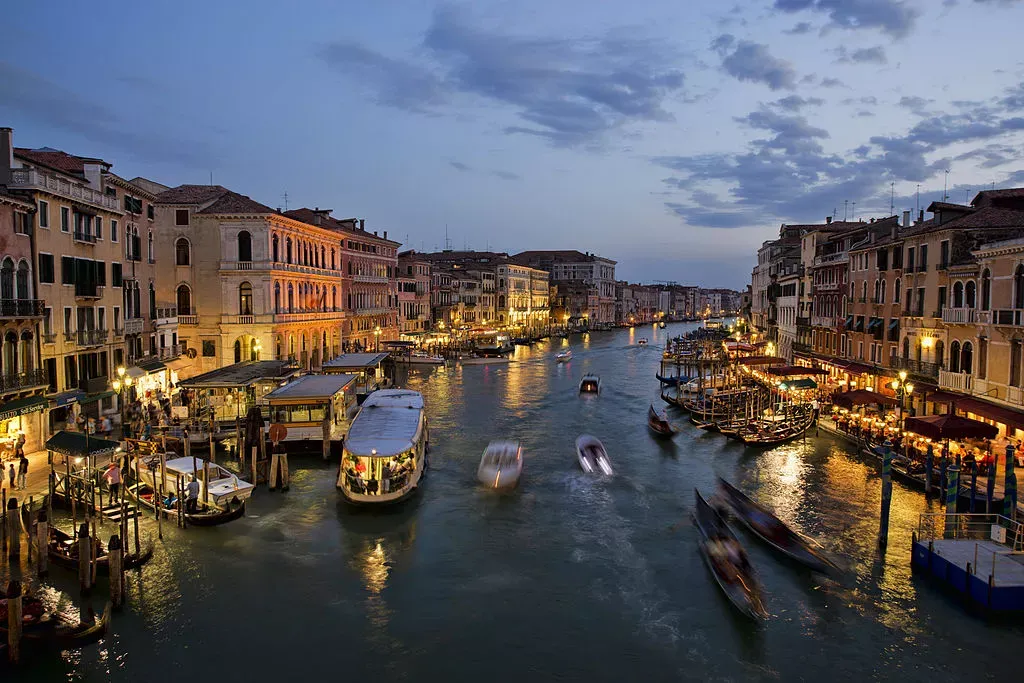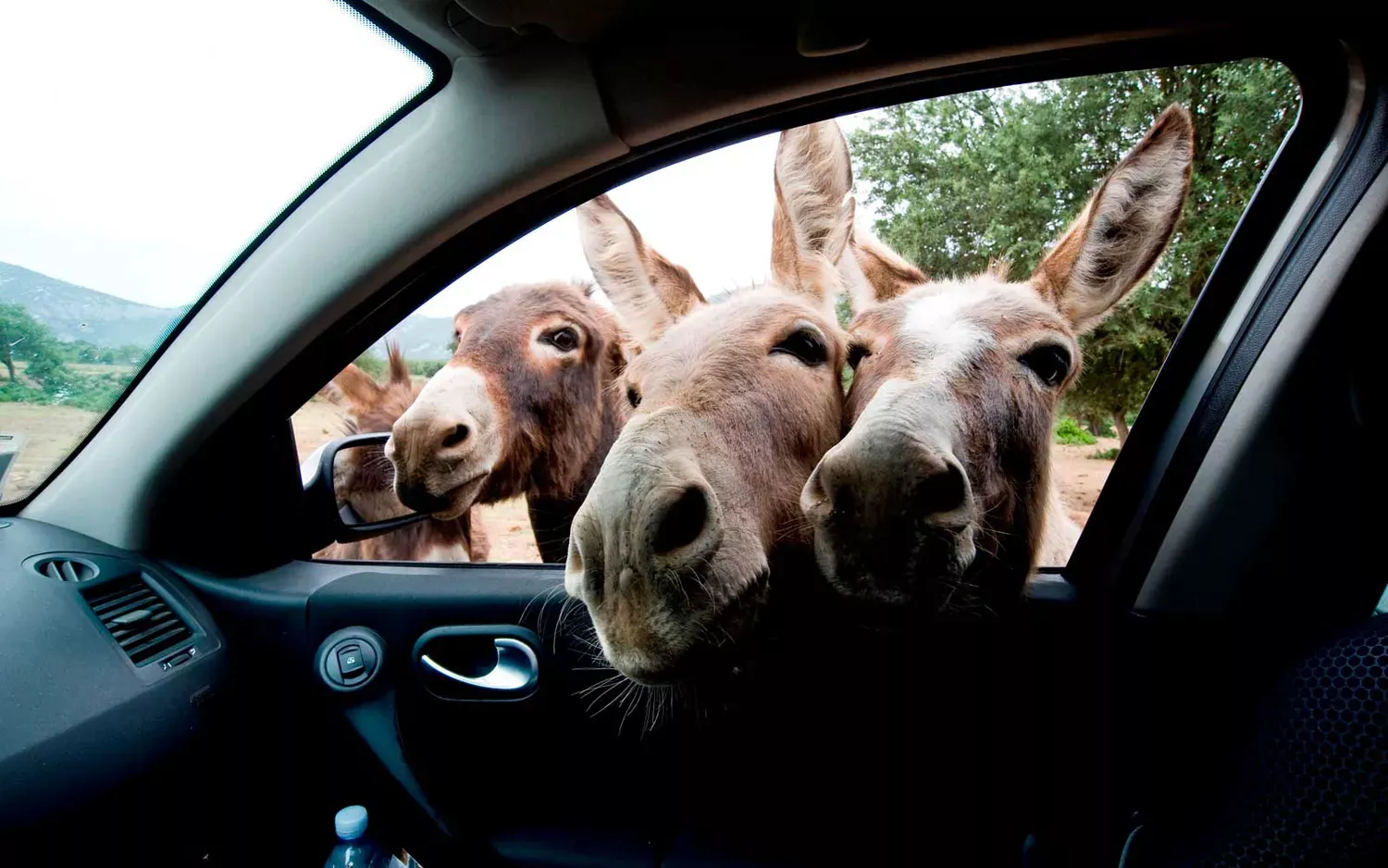
A small Italian town has banned Google Maps after faulty directions repeatedly sent tourists down treacherous routes, resulting in a staggering 144 rescue missions. Locals grew weary of pulling stranded motorists from dangerous areas. The mayor cited inaccurate mapping and navigation as the reason for the drastic measure, aiming to prioritize safety over reliance on the popular app. The ban is intended to force Google to correct the mapping errors.
The Great Bardi Navigation Crisis: A Summary
Bardi, nestled in the Apennine Mountains of the Emilia-Romagna region, is a picturesque town known for its stunning scenery and historic castle. However, its charm has been somewhat overshadowed recently by the increasing number of tourists getting lost after following inaccurate directions provided by Google Maps. Local authorities report that the mapping service repeatedly directs drivers down narrow, unpaved roads, or even completely impassable tracks, leading to vehicles getting stuck, damaged, or requiring assistance.
The situation escalated to the point where the town council decided enough was enough. After documenting 144 rescue missions in recent years directly attributed to Google Maps misdirection, they officially banned its use and implemented prominent signage warning visitors of the service's unreliability in the area. The ban is largely symbolic, as the town cannot legally prevent individuals from using the app, but it serves as a strong message to Google and a clear warning to tourists.
The Numbers Speak Volumes: Impact of Google Maps Errors
The sheer volume of rescue missions underscores the severity of the problem. Here's a breakdown of the statistics that prompted the ban:
Year |
Number of Google Maps Related Rescue Missions |
Estimated Cost to Local Services |
|---|
2021 |
32 |
€8,000 |
2022 |
48 |
€12,000 |
2023 |
64 |
€16,000 |
Total |
144 |
€36,000 |
These figures clearly illustrate the escalating burden placed on local emergency services due to Google Maps errors. The financial strain, coupled with the risk to both stranded tourists and rescue personnel, made the ban a necessary step, according to the Bardi town council.
Why is Google Maps Failing in Bardi?
Several factors likely contribute to the inaccuracy of Google Maps in Bardi. Firstly, the town's location in a mountainous region means that roads can be narrow, winding, and subject to damage from weather conditions. These conditions make regular updating of road information challenging. Secondly, the mapping data may not accurately reflect the reality on the ground. Older roads that are no longer passable may still be included in the map data, while newer or improved routes may not be properly updated. Finally, algorithmic errors within the Google Maps navigation system can sometimes lead to flawed routing, especially in areas with complex road networks.
The Broader Implications: Navigation App Accuracy
The situation in Bardi raises broader questions about the reliability and responsibility of navigation apps. While Google Maps and other similar services are incredibly convenient and often accurate, they are not infallible. Users should always exercise caution and common sense when relying on digital navigation, especially in unfamiliar or remote areas. Cross-referencing directions with traditional maps, consulting local sources, and paying close attention to road signage are all crucial steps for ensuring a safe and trouble-free journey. It is essential to remember that navigation apps are tools, not replacements for good judgment.
What Can Google Do?
The town of Bardi hopes that its ban will prompt Google to take action and improve the accuracy of its mapping data in the region. This could involve conducting more frequent surveys of local roads, incorporating feedback from local authorities, and improving the algorithm used for route planning. Addressing the specific issues in Bardi could also lead to improvements in Google Maps accuracy in other rural and mountainous areas around the world. Ultimately, the goal is to provide users with reliable and safe navigation information, regardless of their location. Google has responded that they are aware of the situation and are looking into the matter. They encourage users to report any inaccuracies they encounter through the app's feedback mechanism.
Tips for Safe Navigation in Rural Areas
Regardless of the navigation app you use, remember these tips for safer travel in rural areas:
Always double-check your route: Don't blindly follow the app. Compare it with a physical map if possible.
Pay attention to road signs: They provide crucial, real-time information that apps might miss.
Be aware of your surroundings: If the road looks questionable, it probably is.
Download offline maps: Ensure you can navigate even without a data connection.
Inform someone of your route and estimated arrival time: This is especially important for solo travel.
Carry essential supplies: Water, food, a first-aid kit, and a phone charger are crucial.
The case of Bardi serves as a valuable reminder that while technology can be incredibly helpful, it should never replace common sense and careful planning. By taking these precautions, travelers can minimize the risk of getting lost and ensure a safer and more enjoyable journey.









